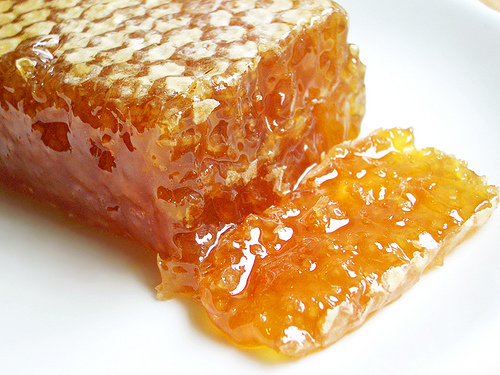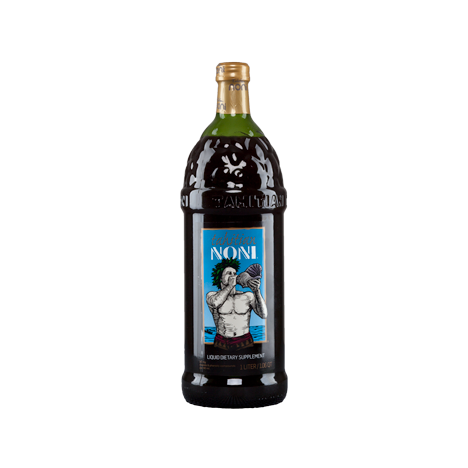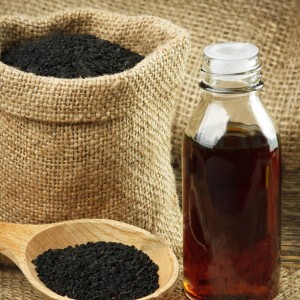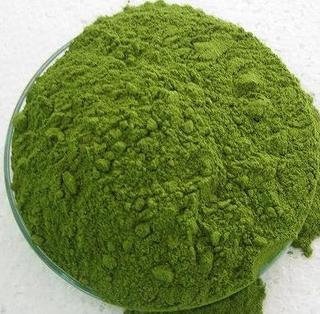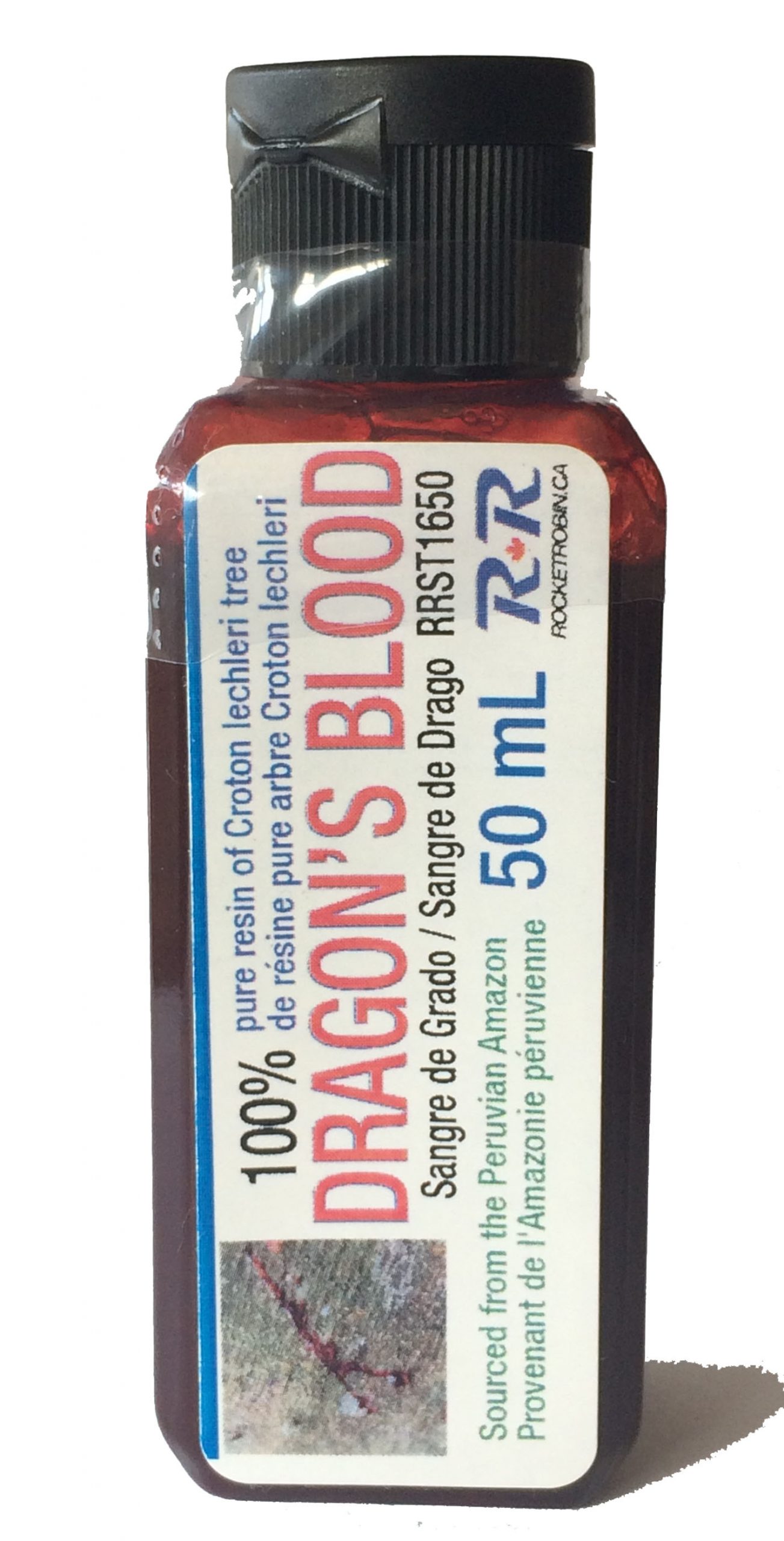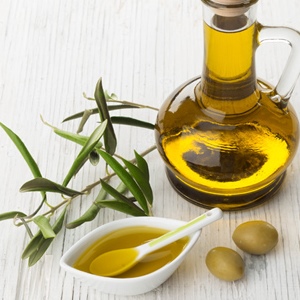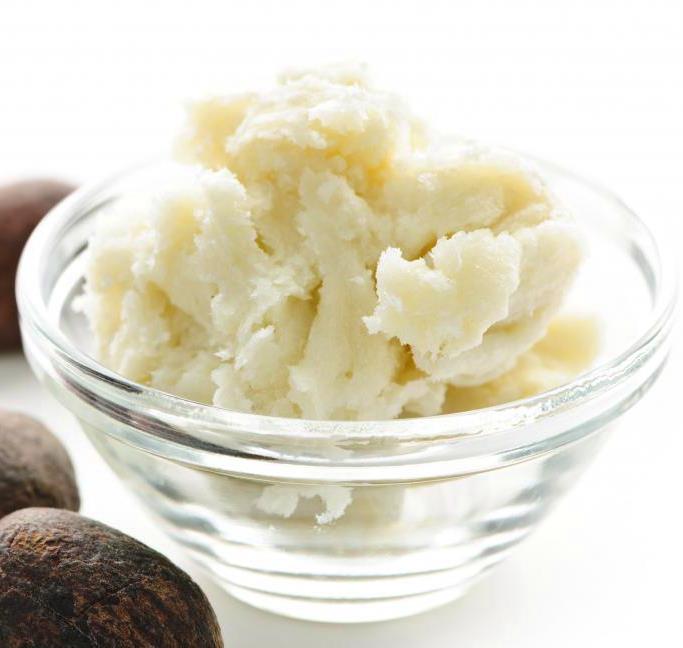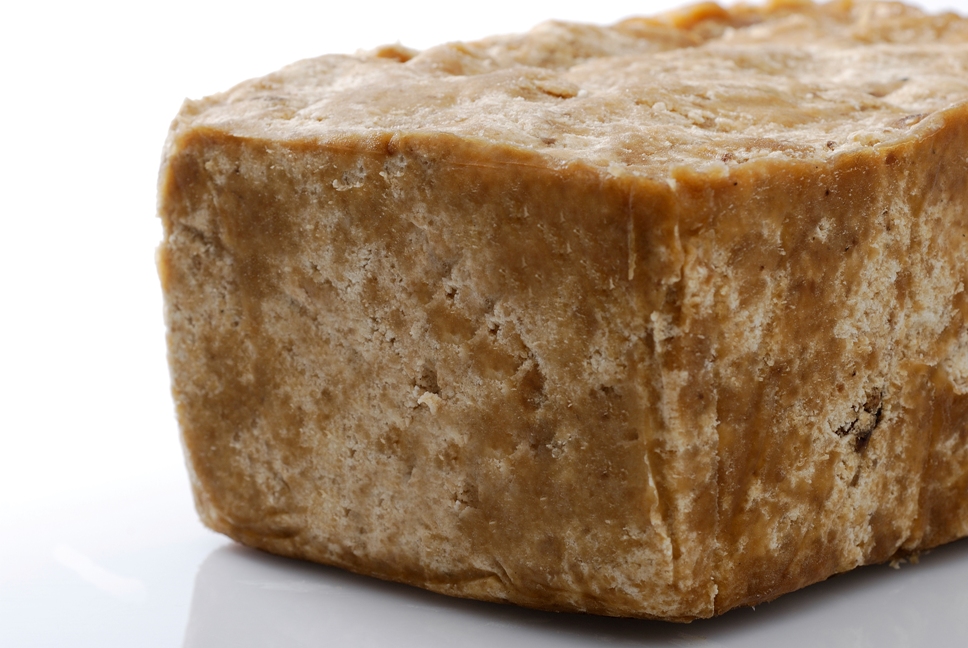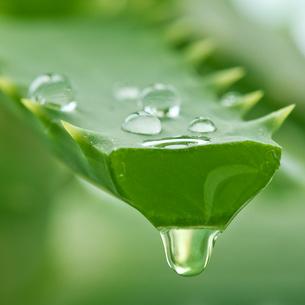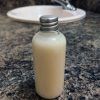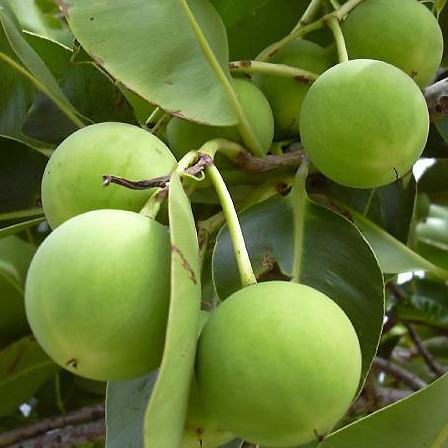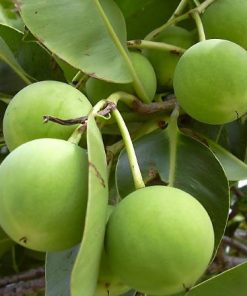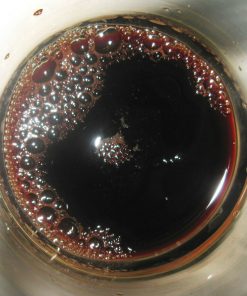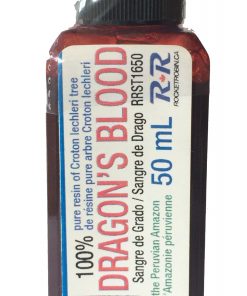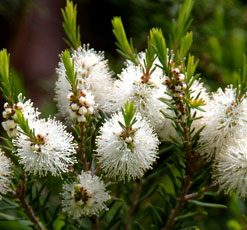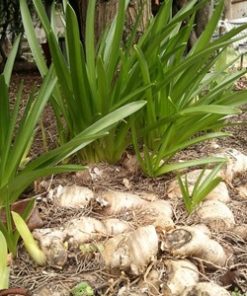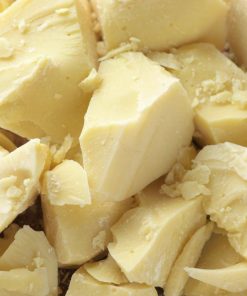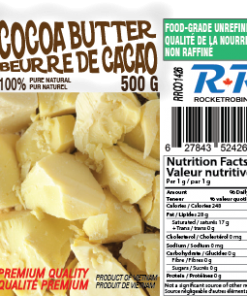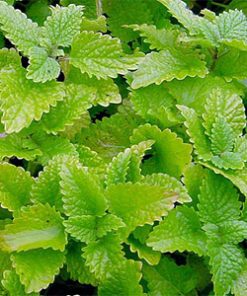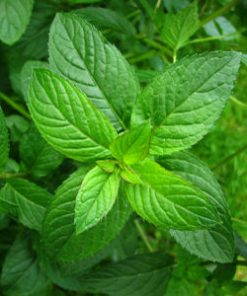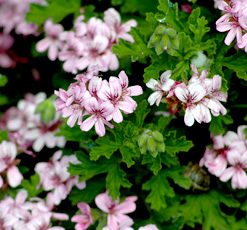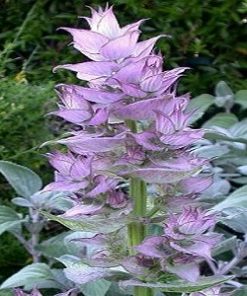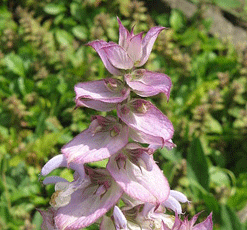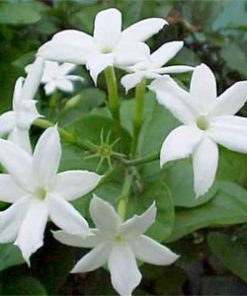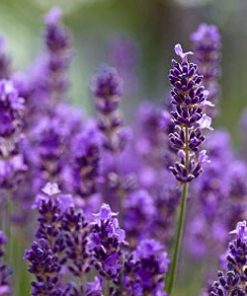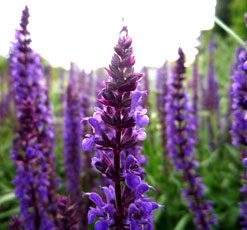Description
Tamanu Oil
Tamanu oil is pressed from nuts of either the Calophyllum inophyllum or the Calophyllum tacamahaca tree. The nuts yield 70–75% of the greenish-yellow inedible oil. The oil originates in Polynesia, where it continues to play an important cultural role. Commercial uses of tamanu oil are predominantly for skin care. Tamanu oil is a remedy long used in Polynesia and Southeast Asia on the face, hair, and skin for conditions such as acne, psoriasis, and scars.
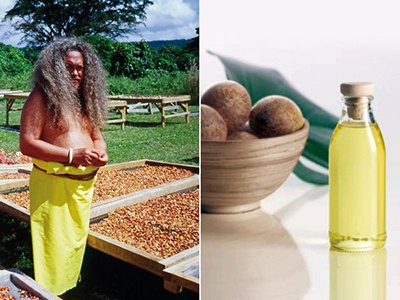
A Forgotten Medicinal Miracle
In the early 1900s, the Western world was briefly introduced to tamanu oil. Word had spread due to the miracles worked by a French nun — Sister Marie Suzanna — who had used tamanu oil to treat the symptoms of leprosy, including painful inflammation of the nerves (leprous neuritis). In 1918, researchers affiliated with the French Pharmacopoeia began investigating tamanu for topical and subcutaneous use. These scientists were immediately impressed by its cicatrizing — or skin regenerating — effects.
The French medical literature of the era contains many records of tamanu’s successful application for severe skin conditions, including one astounding story of an anonymous gangrene patient treated at the St. Louis Hospital in Paris. When the woman was admitted, she had a gangrenous ulcer on her leg that stubbornly refused to heal. Doctors were sure that amputation was inevitable, but as a last resort they opted to try treatment with tamanu oil dressings first. To their amazement, the dressings worked so well that the wound eventually healed completely leaving only a flat, smooth scar. It’s a curious fact that despite impressive and documented stories like this one, tamanu oil remains relatively unknown outside of the South Pacific.
Properties
Tamanu’s benefits are supported by research conducted in the Pacific Islands, Asia, and Europe. And more recently, major breakthroughs in Japan and Canada have illuminated the science behind the tamanu oil success stories.
For example, Japanese researchers at Meijo University found that several isolated chemical compounds in tamanu inhibit skin tumor production. And a Canadian research team at the Université de Sherbrooke discovered that tamanu contains two chemicals called HIV transcriptase inhibitors.
Tamanu oil contains 3 essential classes of lipids: neutral, glyco-, and phospholipids. Additionally, the oil contains 3 unique and novel compounds:
- Calophyllic acid
- An anti-inflammatory called calophyllolide
- An antibiotic called lactone
Along with coumarins — another powerful type of anti-inflammatory agent — these ingredients are the source of the oil’s remarkable healing power.
Tamanu, as it is known by native Tahitians, is a sacred oil used for centuries to naturally treat skin irritations and promote wound healing and regeneration of new skin. Tamanu oil also possesses natural antibacterial and antifungal properties and has demonstrated efficacy against various human and animal pathogens.
As early as 1918, French researchers investigated the unique topical benefits of tamanu oil. Traditionally, the oil has been used by Pacific islanders on cuts, sores, burns, blemishes, rashes, bites and stings. Tamanu oil contains three basic classes of lipids: neutral lipids, glycolipids, and phospholipids. Tamanu oil also contains a unique fatty acid called calophyllic acid, and a novel immune supportive and anti-inflammatory agent called calophyllolide which promotes the formation of new, healthy skin. Tamanu is not only topically immune supportive, it is anti-inflammatory on the skin as well. Modern applications of tamanu oil are in the forms of advanced skin care products, anti-wrinkle creams, and lotions.
“No Pain”
Fiji islanders call the oil dolno, which translates to “no pain.”
Traditionally, the benefits of tamanu oil has been put to many uses, including:
- Abrasions
- Acne
- Blemishes
- Wrinkles
- Blisters
- Body and foot odor
- Burns (including chemical and x-ray)
- Diabetic sores
- Diaper rash
- Dry or scaly skin
- Eczema
- Herpes sores
- Insect bites and stings
- Neuritis and neuralgia
- Psoriasis
- Rheumatism
- Sciatica
- Shingles
- Sunburn
How to Use Tamanu Oil
Tamanu oil has an unusually high capacity for absorption by your skin and a light, pleasant aroma. These attributes, along with its potent healing activity, make tamanu oil an ideal product to use for almost any skin ailment or just as a part of your everyday skin care routine.
There is a very small supply of Tamanu oil in the world because of the small growing area. It takes a full 100 kilograms of Tamanu fruit (which is the annual production of one adult tree) to make just 5 kilograms of cold pressed Tamanu oil. Use it in soap up to 5% or as a massage oil – the uses are endless! As with any nut based oil, people with allergies to nuts of any kind should not use Tamanu Oil.
TRUST ROCKET ROBIN
Rocket Robin is proud to be your supplier of truly natural products with simple ingredients in support of your family’s health and well-being.
Additional information
| Weight | 0.3 kg |
|---|---|
| Dimensions | 15 × 15 × 2.5 cm |

